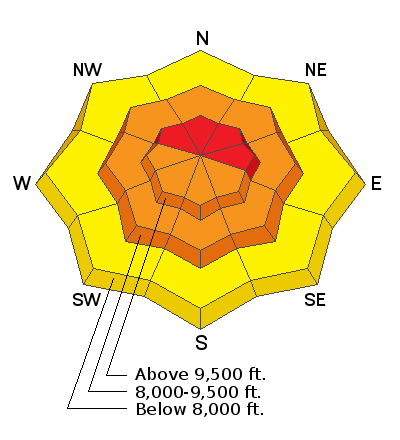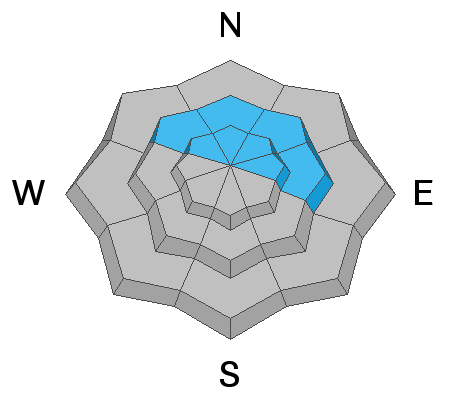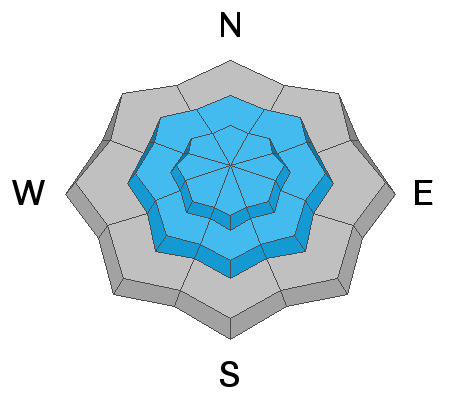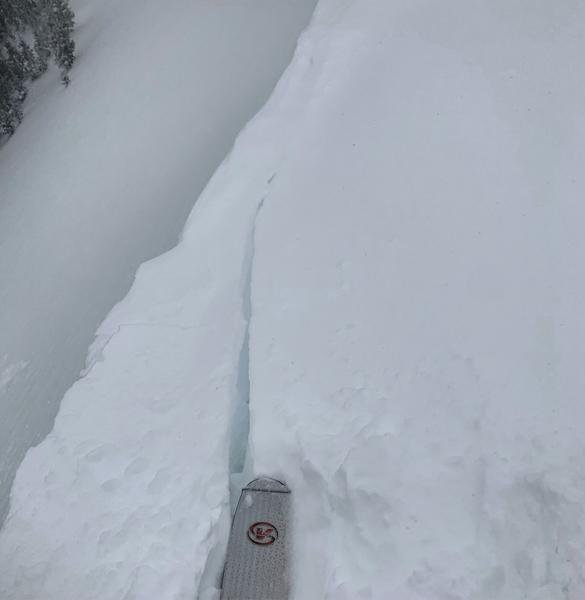Forecast for the Salt Lake Area Mountains

Issued by Greg Gagne on
Friday morning, December 13, 2019
Friday morning, December 13, 2019
The avalanche danger is HIGH on northerly and east-facing slopes at the upper elevations and CONSIDERABLE on these aspects at the mid-elevations where a persistent weak layer of snow exists 3-4 deeply. Storm snow and strong winds have rapidly overloaded this weak layer, creating dangerous avalanche conditions on these slopes.
The avalanche danger is CONSIDERABLE on upper elevation aspects facing west through south and southeast at the upper elevations, as well as the mid-elevations, where sensitive storm snow and wind drifts can be found.
At low elevations, a Moderate avalanche hazard exists.
The key to safe riding today is to simply avoid being on or underneath any slopes 30 degrees or steeper. Fortunately, the dense snow provides excellent riding conditions on low-angled, wind-sheltered terrain.

Low
Moderate
Considerable
High
Extreme
Learn how to read the forecast here










